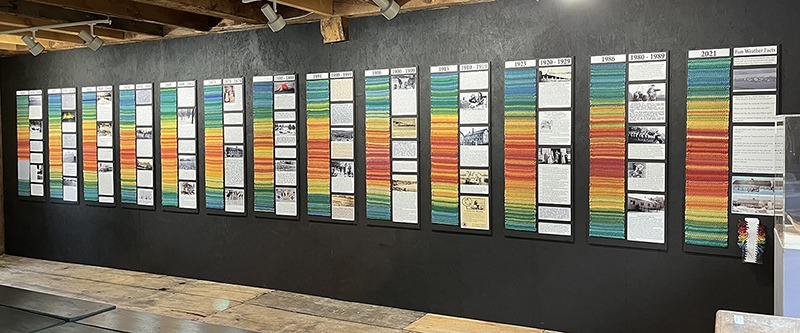
Weather-Wise: 200 Years of Climate Change at Enfield Shaker Village
Weather-Wise is a multi-faceted education program at Enfield Shaker Museum based on an interactive exhibit that is supported by virtual talks from humanities experts, book discussions, climate-related school programing, and community projects.
For millennia, weather has shaped human life. The Shakers at Enfield, New Hampshire (1793-1923), like the “World’s people” from whom they separated, adapted to daily and seasonal changes in temperature, atmospheric pressure, wind, humidity, precipitation, and cloud cover. These weather conditions were noted in personal journals and letters, newspapers and magazines, and scientific records, including those produced at Dartmouth College’s Shattuck Observatory in nearby Hanover, NH.
These documents helped the Shakers to be “weather-wise”–to be skillful in dealing with changes in the weather. These same documents now help us to understand humans’ impact on climate change. Beginning in the early 19th century, intensive logging and farming activities, and the use of carbon dioxide-releasing energy (wood, coal, oil, gas), began to alter the Earth’s atmosphere. Human activities began to shape the weather.
The Weather-Wise exhibit itself has two components:
Most dramatic are the 13 colorful Tempestries–long, hand-knitted banners representing the daily weather of a given year with 365 rows, each denoting a specific temperature. Visitors can see the actual weather conditions that the Enfield, NH Shakers confronted. Through the comparison of many years of Tempestries, we can see how human choices and actions have led to climate change.
Accompanying the Tempestries are historic photographs, newspaper clippings, excerpts from Shaker journals and letters, as well as reproductions of original Shaker clothing. These items, together with the Tempestries, raise important questions about human choices, weather and climate change.
What are Tempestries?
The Tempestry Project is personal and collaborative fiber art, environmental awareness, and climate activism via data representation all rolled into a sprawling community of friends, artists, crafters, teachers, scientists, activists, nature lovers, and more.
One of the ongoing problems inherent in discussions about climate change is the vast scale of the conversation. The Tempestry Project’s goal is to scale this down into something that is accurate, tangible, relatable, and beautiful. Tempestries blend fiber art with temperature data to create a bridge between global climate and our own personal experiences through knitted, crocheted, and woven temperature tapestries, or “Tempestries.”
Tempestries depict the daily high temperatures for a given year and location, January at the top and December at the bottom (think bar graphs!). All Tempestries use the same yarn colors and temperature ranges in order to create a visually cohesive narrative across a wide expanse of makers, places, and eras.
For more information on Tempestries, check out TempestryProject.com
Creating the Tempestries for Weather-Wise
Where did the weather data come from? Until February 9, 1870, when President Ulysses S. Grant signed into law a new national weather service, daily weather data was recorded mostly by volunteer observers in scattered localities around the country. Since 1880, daily records of temperature, precipitation, wind, barometric pressure, etc. have been recorded and are available on line from the National Oceanic and Atmospheric Administration (NOAA). This data made it possible to chart the daily high temperatures we needed to knit the Tempestry banners from the 1880s to the present. But what about the earlier decades? Fortunately, Dartmouth College began recording daily weather data in 1827. The handwritten journals containing this information are at Rauner Library in Hanover, NH. Although there are some gaps in the data, we were able to find at least one year in each of the early decades that was essentially complete. Alan Goldblatt, Lab Manager, Department of Physics and Astronomy at Dartmouth College coordinated the digitization of many these records for Enfield Shaker Museum so that we could transcribe them remotely and chart them.
Enfield Shaker Museum then recruited community members to create the hand-knitted Tempestries. The knitters met at the museum to select their year, get a temperature chart, wind the appropriate yarn colors, and go over hints and tips for knitting a Tempestry. The Temepstries are knit in linen stitch. This stitch, combined with frequent color changes, proved to be challenging for most of the volunteers, but this intrepid group was not to be dissuaded. The results speak for themselves.
Our knitters created 13 Tempestries, including ten from specific years between 1828 (the earliest year for which we have reliable temperature data) through 1923 (the year the Shaker community closed), as well as 1986 (the year the Museum opened) and 2021 (the last full year for which we have data). These Tempestries are displayed side by side to show changes and chart the shifts in weather through the years.
Special thanks to our amazing knitters!
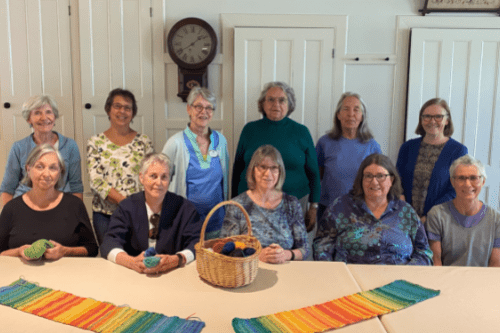
Front Row (left to right): Kristi Wilson, Kris Burnett, Sue Jukosky, Betsy Gibbs, Linda Pendleton. Back Row (left to right): Nan Munsey, Becky Powell, Mary Ann Haagen, Susan Brown, Leah Goat, Carolyn Smith. Not pictured: Luli Josephson and Karen Wolk
Weather-Wise Virtual Lecture Series
The Howling Storm: Weather, Climate, and the American Civil War, a lecture by Kenneth W. Noe, the Draughon Professor of Southern History at Auburn University in Auburn, Alabama. The Howling Storm stands as the first comprehensive examination of weather and climate during the Civil War. Noe suggests that the Civil War should be understood as a war between the North, the South, and the weather. He rethinks conventional explanations of battlefield victories and losses.
Taken by Storm, 1938: A Social and Meteorological History of the Great New England Hurricane, a lecture by Lourdes B. Avilés, Professor of Meteorology and Director of the Computational, Applied, Mathematical, and Physical Sciences Academic Unit at Plymouth State University in Plymouth, New Hampshire. Taken by Storm successfully weaves science, historical accounts, and social analyses to create a comprehensive picture of the most powerful and devastating hurricane to hit New England to date.
Nature’s Nation: American Art and the Environment, a lecture by Alan C. Braddock, the Ralph H. Wark Associate Professor of Art History and American Studies at the College of William & Mary in Willamsbsurg, Virginia. He is the co-author of Nature’s Nation: American Art and Environment (2018), which won the Association of Art Museum Curators Award for Excellence as well as the Association of American Publishers PROSE Award for best art exhibition publication of the year.
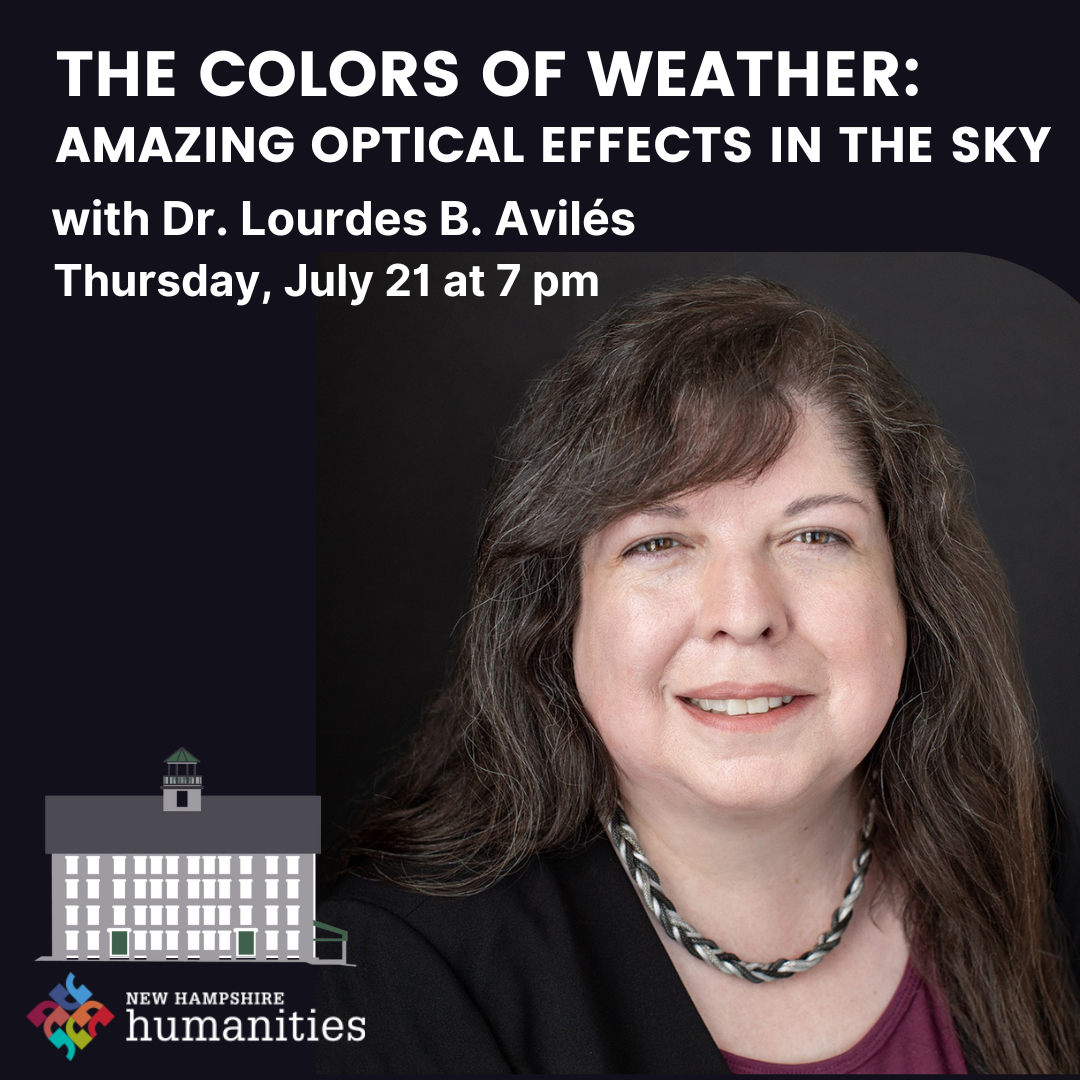
“The Colors of Weather: Amazing Optical Effects In The Sky.”, an on-site lecture by Lourdes B. Avilés, Professor of Meteorology and Director of the Computational, Applied, Mathematical, and Physical Sciences Academic Unit at Plymouth State University in Plymouth, New Hampshire. Dr. Avilés latest research is on the amazing weather-related optical effects that can be seen in the sky throughout the day and throughout the world. She goes way beyond breathtaking sunsets and colorful rainbows. Lecture attendees will learn to observe the sky in whole new ways and to look for halos, sundogs, light pillars, and many more wonderful effects.
Weather-Wise Book Discussion
As a part of the Weather Wise program, our Book Group read and discussed the following climate-related books.
We encourage our distance learners to find them at their local library:
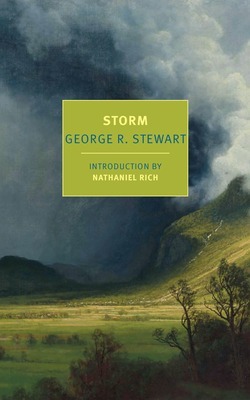
Storm, eco-fiction by George R. Stewart. First published in 1941, the book became a best-seller; republished by New York Review of Books in 2022.
Read reviews of Storm on the NNYRB website.
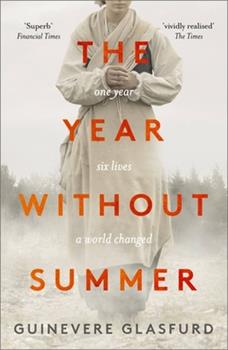
The Year Without Summer: One Event, Six Lives, A World Changed, non-fiction by Guinevere Glasfurd. In 1815, Sumbawa Island, Indonesia Mount Tambora exploded in a cataclysmic eruption, killing thousands. 1816 is still remembered in New England as the “year without summer”.
Read about the writing of the book in Glasfurd’s own words.
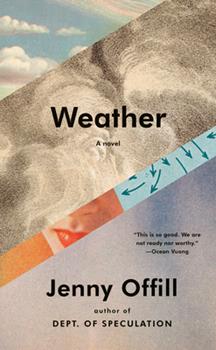
Weather, an enivronmental novel by Jenny Offill. Weather is a novel about living at the end of the world, which is to say that it is a novel about being alive right now. It’s about trying to understand climate change, motherhood, family, and going to work every day. Read the full review at vox.com.


